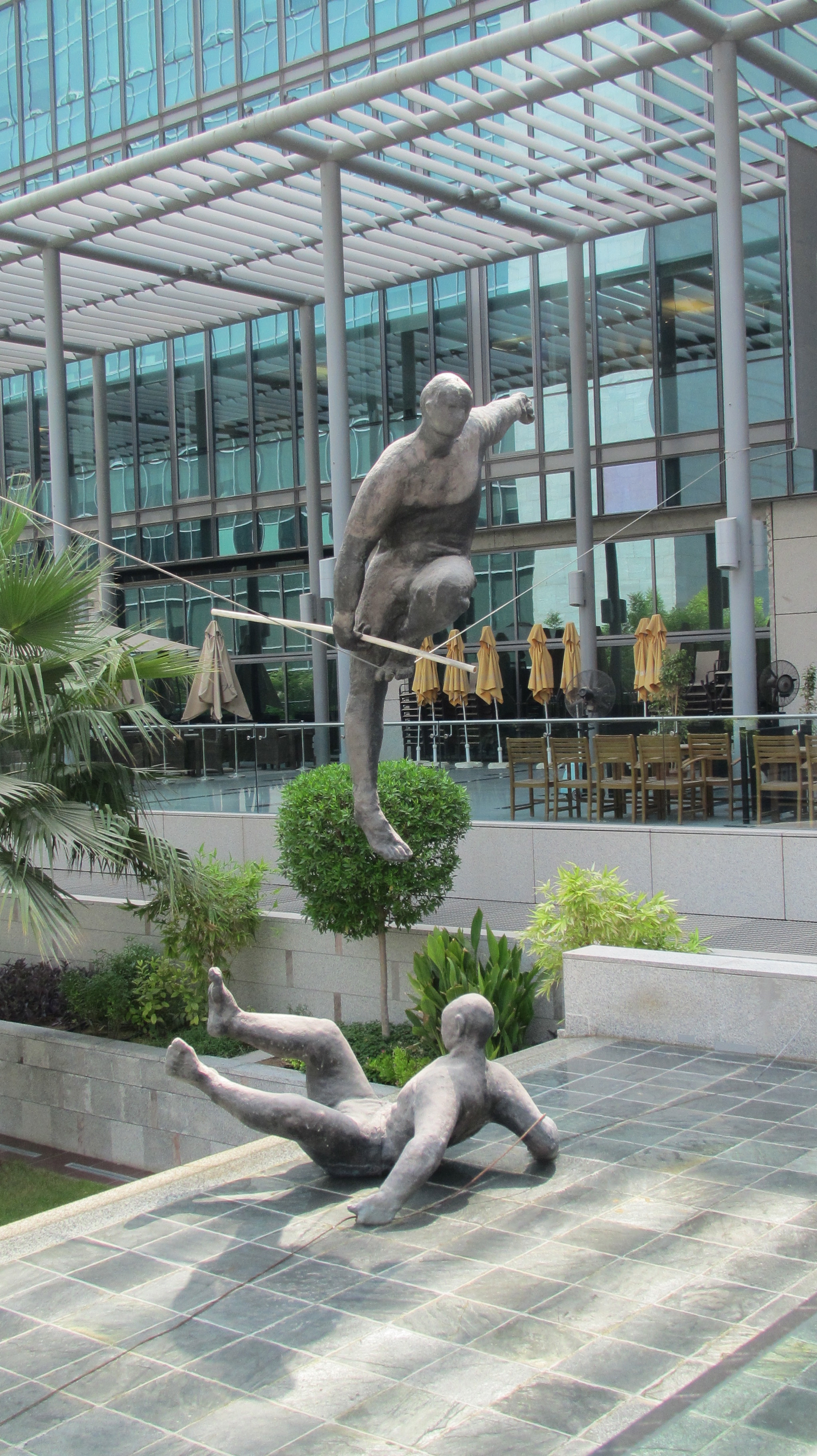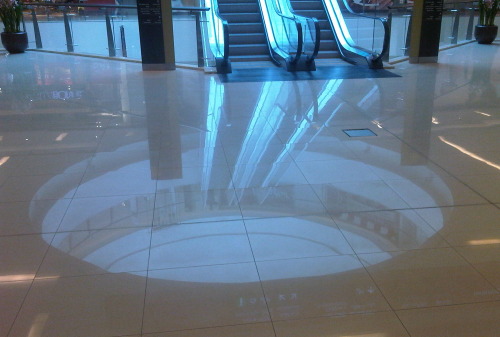Walking home today I was very much conscious of the fact that I was going to need to take out my sunglasses. The glare at the moment in Dubai is such that without aid to filter out certain rays, the eyes automatically squint as a protection mechanism.
The body has a number of filtering systems in place.
The mouth will immediately spit something out that is unbearably hot, the nose has little hairs to filter out unwanted particles, the skin experiences pain as a warning signal when exposed to that which is harmful and our ears filter out sounds in certain ranges. Without any conscious effort on our part, the body is constantly attempting to filter out that which is harmful or toxic.
Mind chatter is a mental filter which can often block out an experience. The brain, too, often filters out trauma, only allowing it to resurface at a time when the individual is able to deal with it.
At the same time, on a subconscious level, our egos filter our experience, cultures have membership filters, and all these filters give rise to perspectives and worldviews which assist the shadow in remaining hidden. We see things as we want them to be or as we are socially conditioned to see them. Life is viewed through these filters and accepted in this form as the only reality.
Technology is full of filters. For example, when you go onto a website to purchase a book, there are filters in place which note where you are from, what books you have purchased before and what subjects you have shown an interest in. These filters enable the site to recommend similar books and thus have the power to influence your buying.
Until we become aware of them - an analogy these days would be taking off our 3D glasses as we exit the movie theatre - these filters remain in the subconscious, affecting how we feel about things and giving rise to various emotions.
Imagined boundaries separate us from others and from ourselves.
“Boundary” has up until now perhaps been the most appropriate word to discuss the imagined separations that need to be overcome as growth takes place, barriers are broken down and more and more of the Kosmos is included in one’s embrace.
I have a suspicion though that, with the current emphasis being placed on relationships and processes as the collective “we” comes to the fore, the focus will change from “boundaries” to “filters”.
While technology has its own filters, at this point in our evolution, it is having an incredible effect on breaking down what we thought were boundaries.
Time and distance are no longer barriers to communication. Space is becoming more spacious as it were. Information is easily accessible. Open sharing is on the increase. Information has been set free as it were, except in certain countries where social media is being threatened by the blocks or filters on certain websites.
Technology is in a sense is making us reconcile what before we might have considered total opposites. Cultures are meeting and different perspectives on the same topic are becoming readily available.
This has ushered in a time where more than ever before the individual is conscious of the need to filter out certain information if balance is to be maintained. So much is coming at one that one cannot possible click on every link, listen to every video or read every article. There is so much one can “tune into” that discernment is necessary if one is to listen properly and not be all over the place. Without this discernment, information overload is difficult to avoid.
“If you actually look at the amount of data coming in through all your senses, there’s something like 100 million bits of information coming in every second through your visual system and another 10 million bits coming through your auditory system and another one million bits coming through your tactile system.” (Will Wright, The Sims creator)
There is a cry going out for a filtering tool, a means to cope with the stresses of sensory overload, information overload and even emotional overload – the downside of being able to be connected more than ever before.
At the same time we need to open ourselves to be more without filters. The wonderful paradox is that both these processes need to be happening at the same time!
The time has come for filters to be consciously chosen.
Whereas technology has removed many of the filters put there without our doing, we now have to put our own filters in place to protect ourselves and expose ourselves. That is the marvellous two way function of a filter. It allows some things entry while preventing others from passing through.
There is a great interest being shown of late in mindfulness as a tool to enable one to be present without filters so that necessary filters can be put in place.
In a sense we have “come full circle”, or let us rather say, we have spiralled above where we started. In a sense we are in another Eden where once again the wisdom of the serpent is required to offer us knowledge of ourselves and of the reality of good and evil. We need too, to attempt this with the gentleness of the dove.
Language can be so limiting. In its present form it is very suited to linear, three dimensionality. Nouns dominate our current sentence structure with the duality of subject and object.
As many perspectives are simultaneously held and moved beyond, as barriers of time and space begin to fall away and subject and object begin to be sensed as being one, verbs are often more appropriate ways of expressing the reality being experienced.
In which case instead of “filters”, “filtering” will become perhaps the apt term.
(Adapted from a blog I first posted on the Integral Life Website)
 Tuesday, September 6, 2011 at 4:17PM
Tuesday, September 6, 2011 at 4:17PM  Ken Wilber,
Ken Wilber,  Von Gogh,
Von Gogh,  art,
art,  culture,
culture,  here2here,
here2here,  technology,
technology,  time,
time,  video,
video,  you-tube in
you-tube in  culture,
culture,  here2here,
here2here,  technology,
technology,  time
time  Email Article
Email Article 
